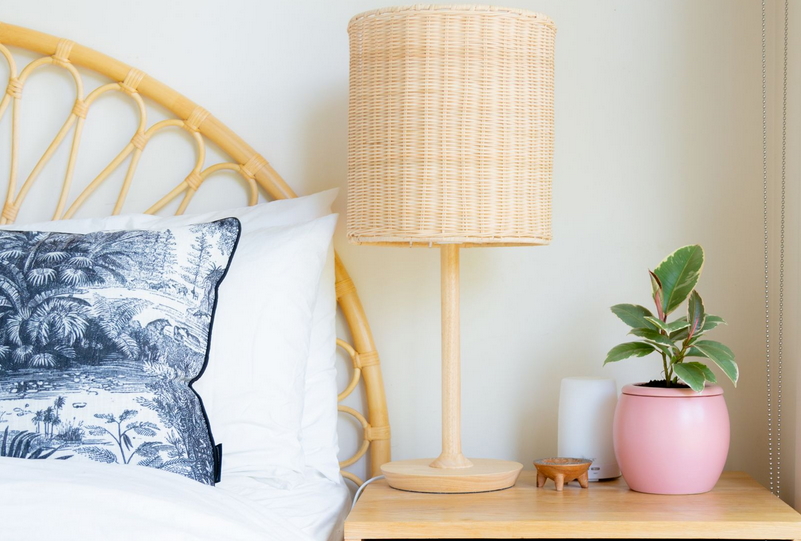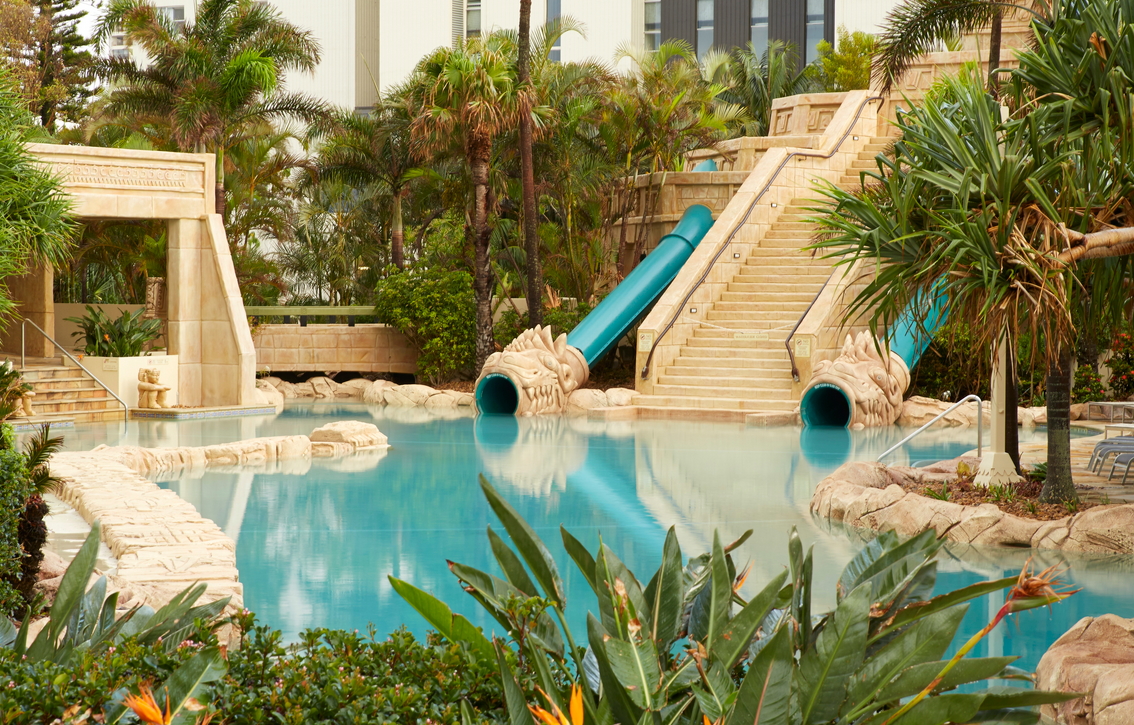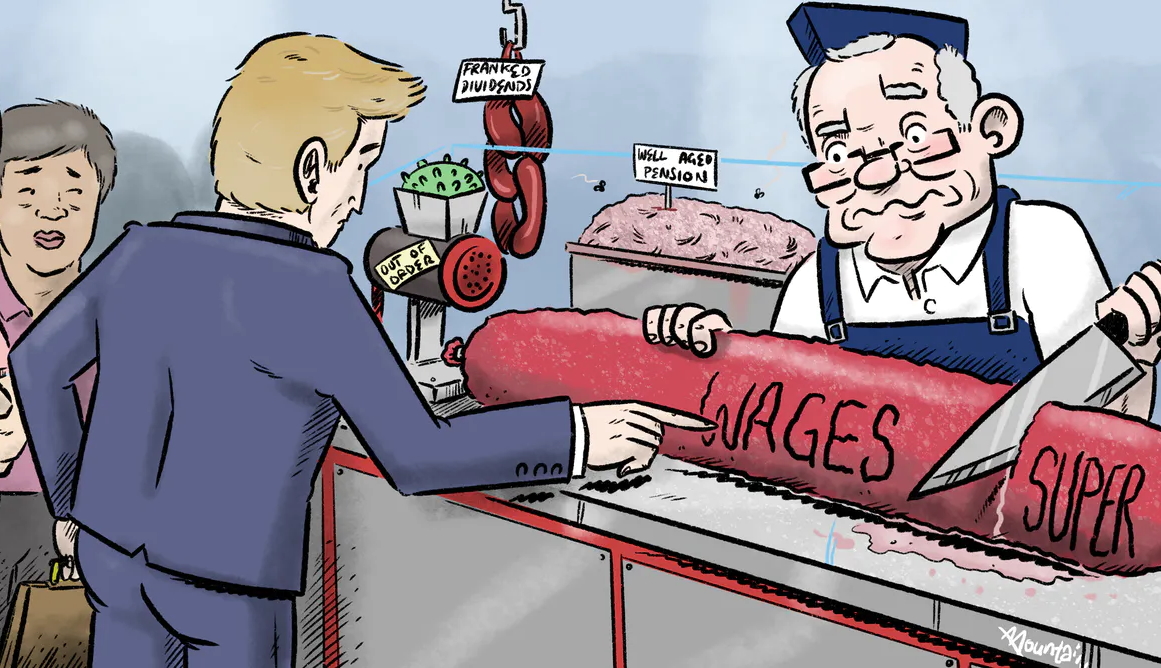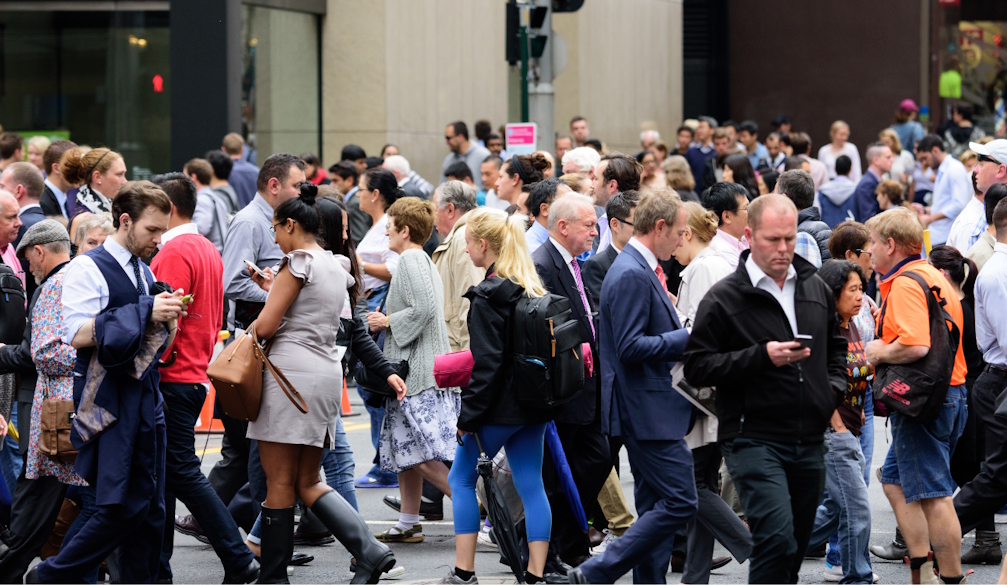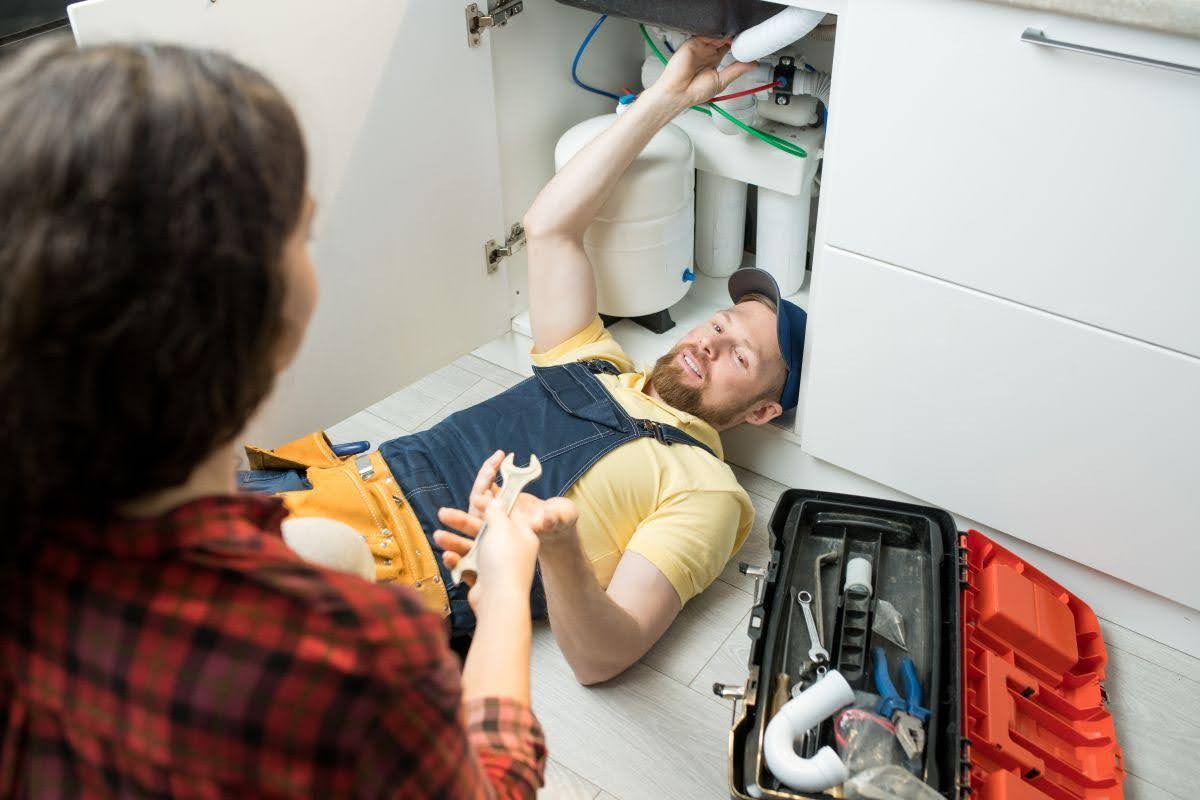Why has support for One Nation surged since the 2025 federal election?
- Written by Shaun Wilson, Professor of Sociology, Macquarie University
At the 2025 federal election in May, Pauline Hanson’s One Nation recorded[1] a primary vote of 6.4%, about half that of the Greens at 12.2%.
But since then, support for the right-wing populist party has surged, with polls showing it now sits between 11% and 14%. The latest Resolve poll[2] for the Nine papers, for example, has One Nation at 12% on first preferences, edging out the Greens at 11%.
This is politically significant, for several reasons. Not only is this performance well above One Nation’s recent election results, but it is high enough to challenge the Greens as Australia’s third-largest party in polling terms.
If this result was replicated at an election, it would put One Nation in a position to win House of Representative seats.
Signs of major improvements in One Nation’s vote appeared in the final weeks of the federal election campaign. Despite this, it did not realise its best polling results on election day, with 6.4%. And even when combined with the Trumpet of the Patriots vote of 1.9%, these two political forces on Australia’s populist right did not manage to maintain their combined vote share of 9.1% achieved at the 2022 election.
Nonetheless, by the later stages of the campaign, pollsters were picking up frustration with the Coalition’s performance, as the prospects of a loss drew nearer. The RedBridge Group/Accent Research tracking poll[3] in late April, for example, put Hanson’s net favourability score slightly higher than Liberal leader Peter Dutton’s in key marginal seats, though both remained in clear negative territory. Since then, and the election of Sussan Ley as the leader of the Liberal Party, One Nation’s fortunes have risen.
So what’s going on?
Liberals losing their right wing
After major election defeats, it is normal for opposition parties to decline further in the polls, as the re-elected government claims ascendancy and its opponents try to reposition themselves. In choosing Ley as leader, the Liberals chose to address their declining vote among women and centrist voters, substantial numbers of whom have switched their votes to Teals and Independents.
The scale of Labor’s victory and the Coalition’s shift to the centre appears to have opened opportunities for Australia’s populist right. Perhaps emboldened by the surge in right-wing populism globally, particularly in the United States, these disillusioned voters are looking to park their votes with smaller, right-wing populist parties.
General pessimism about the state of the world is playing a key role. In September and October 2025, the RedBridge Group and Accent Research[4] asked 1,997 voters whether the “next generation will have a better life than their parents’ generation”. An overwhelming share of One Nation voters (78%) opted for “a worse life”. This result is dramatically more pessimistic than that recorded for other voters.
This alienation no doubt reflects frustration at the election result and fears about future living standards. But it also likely captures more than the material. It reflects a deeper resistance to the direction of modernisation in Australia, one resonant with right-wing electorates in other parts of the world.
With the possibility of a centre-left majority until the end of the decade, these currents of right-wing grievance are expressing themselves beyond parliament. A well-coordinated protest movement may not have fully met organisers’ expectations when it rallied across the country in late August, but it has captured national attention and may build further yet.
Core to right-wing mobilisation are voter anxieties about the pace of immigration following the disruption of COVID lockdowns. High inflation and low wages growth combined to unsettle the consensus about immigration: sky-high rents and housing shortages have become easy reference points for anti-immigration populism.
The Australian Cooperative Election Survey[5] for 2025 led by Shaun Ratcliff and I surveyed over 4,000 voters. We found a clear majority (60%) thought the number of migrants had gone “too far” or “much too far”.
For the combined sample of populist right voters – One Nation and Trumpet of Patriot voters – that share was an overwhelmingly 90%, with some 70% in this group choosing “much too far”.
Despite overall high numbers, anti-immigration sentiment remains concentrated on the political right. Some 77% of Coalition voters chose “too far” options. However, only 14% of Greens and 16% of Labor chose the “much too far” option. Instead, these voters more likely to state that migrant numbers are “about right” – 40% and 45% respectively.
So will One Nation’s numbers continue to climb?
The MAGA movement in the US and Reform in the United Kingdom have both built electoral support on far-right immigration populism. One Nation’s capacity to gather similar levels of voter support in Australia may be limited by the party’s political baggage and a questionable ability to win substantial support in diverse, mobile and relatively prosperous metropolitan areas. Australia’s compulsory voting means that success has, at least so far, been found in the middle ground, which remains far more responsive to the politics of opportunity than that of grievance.
Moreover, conservatives in the Coalition, alarmed by recent polling, are already positioning themselves to raise the profile of immigration politics as they attempt to limit One Nation’s gains and rebuild their primary vote.
This is a political challenge the Coalition has had to address before. In the late 1990s, when One Nation first emerged, and made its presence felt in the 1998 Queensland election with a destabilising 23% of the popular vote.
The growth of right-wing populism in the United Kingdom and elsewhere has been boosted by failures of the other side of politics to respond to voter needs. Keir Starmer’s Labour government has disappointed its voter base by pushing fiscal constraint[6] onto an electorate already exhausted by a decade or more of austerity.
Australian Labor has not followed the path of austerity, spending more on key welfare state measures. It has also responded to the union movement in rebuilding the industrial relations system. This means pay growth and revitalised collective bargaining have both improved the situation for wage-earners.
However, younger voters in particular are now looking an even larger response from Labor: a new social contract on housing. A consolidation of One Nation’s position will therefore depend as much on whether Labor can deliver on such a contract as it does on the Coalition’s search for a so-far elusive formula for rebuilding a majority electorate on the right.
References
- ^ recorded (results.aec.gov.au)
- ^ latest Resolve poll (www.theage.com.au)
- ^ RedBridge Group/Accent Research tracking poll (www.accent-research.com)
- ^ RedBridge Group and Accent Research (www.accent-research.com)
- ^ Australian Cooperative Election Survey (www.accent-research.com)
- ^ pushing fiscal constraint (www.theguardian.com)
Authors: Shaun Wilson, Professor of Sociology, Macquarie University




